
GeoMoto - Games and Learning from GameDesk on Vimeo.
As with all Gamedesk experiences, Geomoto is centered around hands-on, experiential learning. Students are in control of the movement of plate tectonics, and they get to experience crashing them together or ripping them apart in order to observe natural phenomena.
As the game progresses, students are no longer given specific directions on how to make rift valleys, or folded mountains, or any other of the numerous geological formations they're exploring. Instead, they have to rely on their memory, and of course, their own trial and error. The game setup makes it easy to learn from your mistakes, and to quickly familiarize yourself with complex vocabulary and terminology.
Once students have familiarized themselves with the various types of natural formations that can be formed through the movement of plate tectonics, students are then challenged to explore earthquakes. Using what they have learned at the start of the game for scaffolding, students can create different types of earthquakes and explore how plate tectonics take part in their formation as well.
Finally, the Gamedesk team has also published a white paper on the efficacy of Geomoto, as well as on their process of design. The results from the research indicate some substantial learning gains between pre and post-test measures for those students who completed Geomoto.
Overall, it's an enjoyable and engaging way to address the topic of plate tectonics and geologic formations. From my own time playing, I definitely believe that many students would learn more from this method when compared to lecture or even to video. Actually being able to interact with the elements in a hands-on manner makes the content easier to recall and connect with.
Analyze and interpret data on the distribution of fossils and rocks, continental shapes, and seafloor structures to provide evidence of the past plate motions.
However, in addition to learning about the distribution of fossils and continental shapes, there is also an element of puzzle-solving and object manipulation, which I believe is a great skill for students to work with as well.
PANGEAN available 10.13.15 from GameDesk on Vimeo.
Initially, students are asked to reconstruct continents, but as the game goes on, students must use the clues they generate from their "probe" to gather fossil evidence. This fossil evidence must then be used to help reconstruct the continents. Finally, students learn about the shape of the continental shelf, which adds a third layer of difficulty during the problem-solving process.
While not as educationally robust as Geomoto, Pangean does offer an engaging and interactive way to explore a concept that is often very difficult for students to understand or visualize.
Overall, the combination of these two applications provides students an opportunity to explore, interact with, and understand concepts that can normally be incredibly challenging. Gaining an understanding of phenomena that are unobservable and take place over thousands or millions of years can be a frustrating experience, but Gamedesk has done an impressive job of creating a space where these concepts are not only attainable, but enjoyable.
If you are an earth science or geology teacher, I absolutely recommend giving these games a try. Even if they are just something you offer at a single station in your classroom, and not for all students at once, I still think they would be a beneficial activity for helping students gain a deeper understanding of these concepts.
Check out Gamedesk for more information on Geomoto and Pangean.
The opinions expressed in this review are my own.
I was not compensated for writing this review.

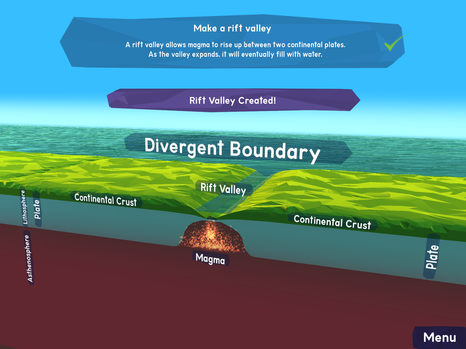
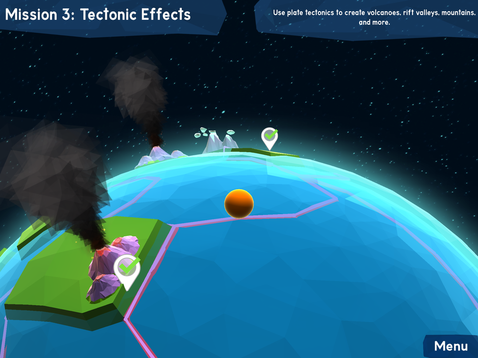
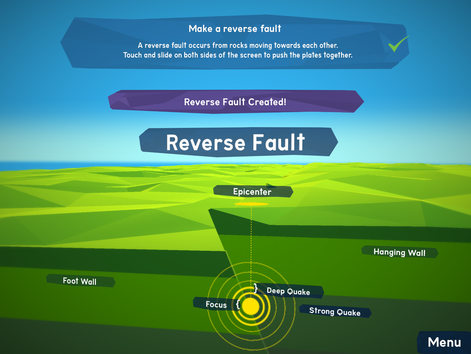
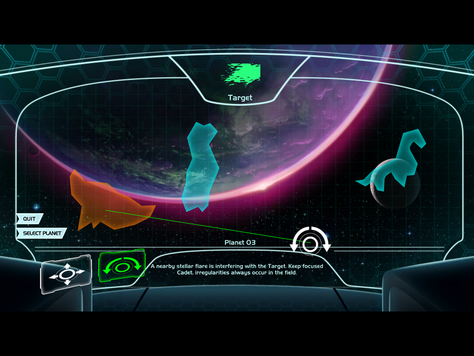



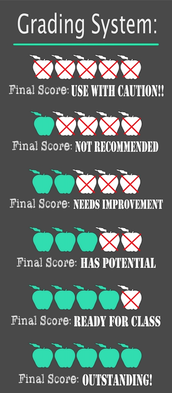










 RSS Feed
RSS Feed
